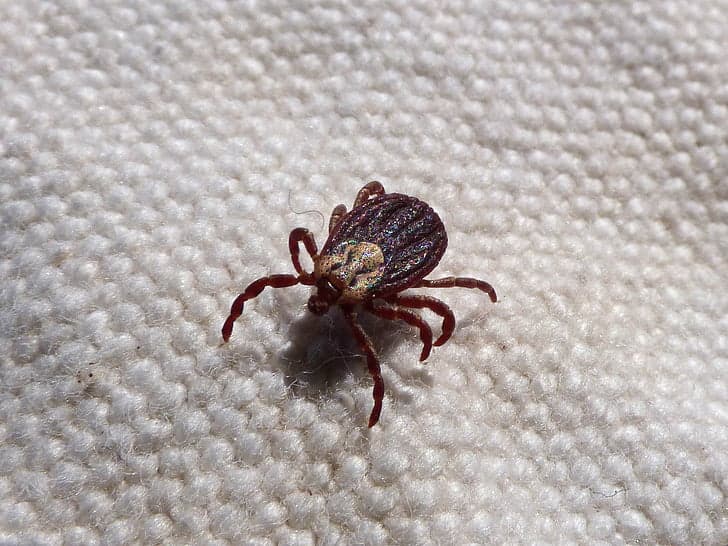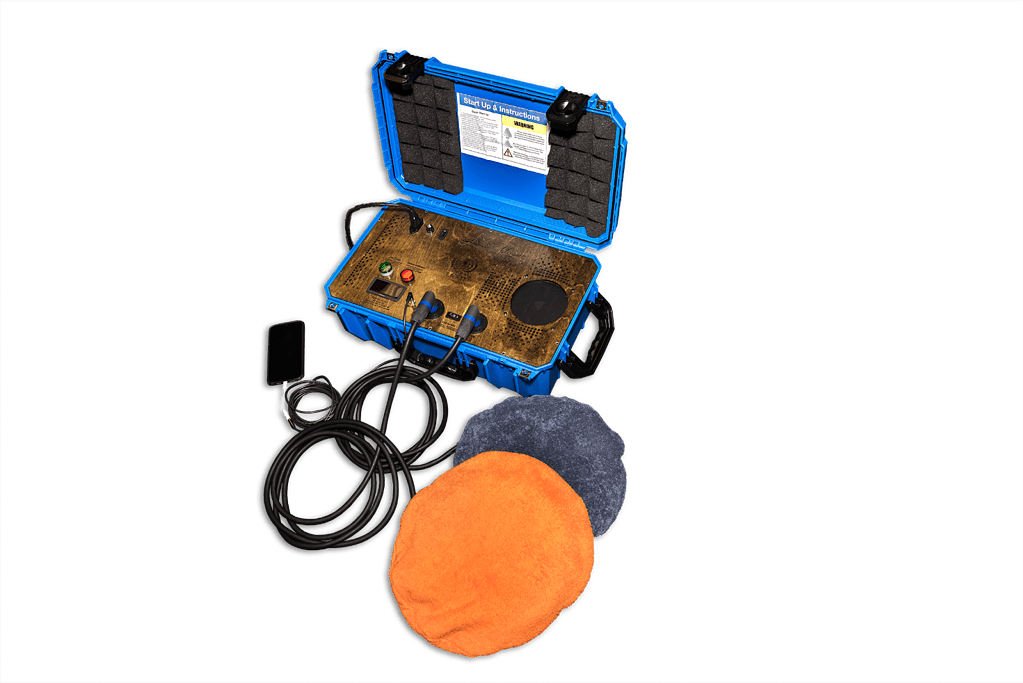
Lyme disease is the most prevalent vector-borne illness in the United States, affecting around 300,000 people every year. Caused by the bacterium Borrelia burgdorferi, it is transmitted to humans by the bite of infected black-legged ticks. Often, the disease goes unnoticed until serious symptoms appear. Common symptoms include fever, fatigue, headache, and a characteristic skin rash that may resemble a “bullseye” called erythema migrans. If left untreated, the infection can spread to other parts of the body, including joints, the heart, and the nervous system, potentially leading to arthritis, heart problems, meningitis, confusion, and memory loss.
Although it is not routinely discussed, another distressing symptom of Lyme disease can be hair loss, which can occur as a result of the disease’s impact on the body.
How does Lyme disease affect the body?
The bacteria have a unique ability to evade the human immune system and can survive in the body even when aggressive treatment is used. This can lead to a systemic reaction called the Jarisch-Herxheimer reaction, where the patient’s immune system triggers an inflammatory response all over the body because of the antibiotic treatment. This can lead to the worsening of current symptoms and the development of new ones.
In some cases, patients may also get Lyme disease coinfections, which are becoming more common. Coinfection occurs when a person is infected with more than one infection at the same time. Symptoms of these infections can overlap with those of Lyme disease, complicating the diagnosis and treatment. Coinfection can result in more severe infection, more symptoms, and a longer recovery time.
Lyme disease can also affect the thyroid system, which is a well-known cause of alopecia, or hair loss. Alopecia areata is an autoimmune disorder that occurs when the immune system attacks hair follicles and causes hair loss. This can result in patchy hair loss on the scalp, beard area, eyebrows, and eyelashes, and may also affect other parts of the body. Hair loss may be confined to one side, and hair fall and growth may occur simultaneously in various parts of the body. It can affect anyone, regardless of age or gender.
Autoimmune conditions, including thyroid problems, vitiligo, pernicious anemia, and Down syndrome, also increase the risk of developing alopecia areata. Another aggravating factor is stress.
When you have Lyme disease, your body is dealing with internal factors such as stress, lack of sleep, and drug-related side effects, all of which can cause hair follicles to undergo a resting phase, causing hair to shed after 3 months. In fact, several other factors associated with Lyme disease can cause hair loss or aggravate underlying hereditary disorders of hair loss.
The frequency of hair loss in patients with Lyme disease has not been well studied, but there are several theories.
According to research, Lyme disease may cause diffuse hair loss similar to telogen effluvium (a common type of hair loss due to severe stress). The condition has also been linked to one type of scarring alopecia (Pseudopelade of Brocq).
A case report of Lyme disease and hair loss (alopecia) in a 21-year-old man who had a tick bite on the scalp was also published in the American Journal of Dermatopathology. This patient with Lyme disease had hair loss and nonscarring alopecia, often known as “spot baldness”.
Overall, Lyme disease can trigger hair loss in some patients; however, further research is needed on this.
Treatment of Lyme Disease and Hair Loss

Treatment for Lyme disease typically involves a course of antibiotics, which can help to clear the infection and prevent the further spread of the disease. In some cases, the antibiotics may not be able to completely eliminate the bacteria, and the patient may require long-term treatment to manage symptoms.
For patients experiencing hair loss as a result of Lyme disease, treatment may include medications to address the underlying causes of the hair loss, such as thyroid dysfunction or alopecia. In some cases, hair loss may be temporary and may begin to regrow once the infection is cleared and the body has had time to heal.
It is important to work closely with your healthcare provider to determine the best course of treatment for your specific case of Lyme disease and hair loss. They can help you to manage symptoms, and provide you with guidance and support as you recover.
The best way to prevent Lyme disease and hair loss is to avoid being bitten by infected ticks. This can be done by taking steps to protect yourself when spending time in wooded or grassy areas, such as:
- Wearing long-sleeved shirts and pants
- Using insect repellent
- Staying on cleared paths and avoiding tall grass
- Checking yourself and your clothing for ticks after spending time outside
Regularly checking for tick bites and removing any ticks that you find can also help to prevent infection. If you do find a tick on your skin, it is important to remove it as soon as possible.
But if a patient does get infected with Lyme-causing bacteria, another avenue for preventing hair loss symptoms is to improve blood circulation to your scalp — and the simplest way to do so is through a scalp massage. Hair growth starts at the scalp and grows from a hair follicle. Your blood circulation nourishes the cells in your scalp, helping your hair to grow, so having better blood circulation is crucial.
Pulsed electromagnetic field (PEMF) therapy for Lyme disease can not only improve your blood circulation but also help improve nutrition and oxygenation of tissues and reduce inflammation.
PEMF therapy uses low-frequency and low-intensity pulses of electromagnetic energy that can reach deep within your body to target cells with reduced energy levels because of disease or injury. The therapy also induces an anti-stress response, has no negative side effects, and provides far-reaching restorative effects.
Frequently asked questions
1. Is hair loss caused by Lyme disease reversible?
Luckily, hair loss caused by Lyme disease is not permanent and can be reversed. This is because the condition does not damage the hair follicles. When Lyme disease is treated with antibiotics and the bacteria are eradicated from the body, hair typically regrows within 3 months of treatment.
2. Can ticks cause hair loss in dogs?
Parasites like ticks can cause hair loss in dogs. If the tick is not removed, it will cause discomfort for your dog and make them scratch in an attempt to get rid of the tick. Excessive scratching can cause skin trauma and hair loss. The dog can develop a bald patch, causing open wounds that can easily get infected. Consult a veterinarian for the right treatment.
3. Can Lyme disease cause scalp problems?
Although Lyme disease isn’t typically associated with scalp problems, getting bitten on the neck or scalp might cause itching, burning, and hair loss.
4. What are the signs of hair problems caused by Lyme disease?
Lyme disease may cause hair thinning and spread hair loss all over the scalp. There are cases where patients report hair loss patterns similar to alopecia areata, often known as “spot baldness”.
5. Can Lyme disease cause permanent damage?
If left untreated, the condition might cause permanent damage. However, with a 2- to 4-week course of antibiotic treatment, the majority of patients recover. The longer you wait to treat Lyme disease, the longer it may take for your symptoms to go away. Some patients may experience symptoms after completing the treatment. This is known as “post-treatment Lyme disease syndrome.”
Conclusion
Lyme disease is a serious and debilitating illness that affects many people every year. Hair loss is not a common symptom of the disease, but it can occur as a result of the disease’s impact on the body. If you suspect that you have Lyme disease and are experiencing hair loss, it is important to see a healthcare provider as soon as possible. With proper diagnosis and treatment, you can minimize the severity of the disease and improve your chances of recovery. It is also important to take steps to prevent infection by protecting yourself from tick bites when spending time in wooded or grassy areas.


